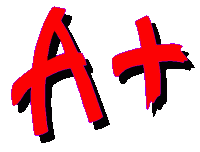
Questions for Latex Lovers
Started by
dholly,
13 posts in this topic
Create an account or sign in to comment
You need to be a member in order to leave a comment

Started by
dholly,
You need to be a member in order to leave a comment